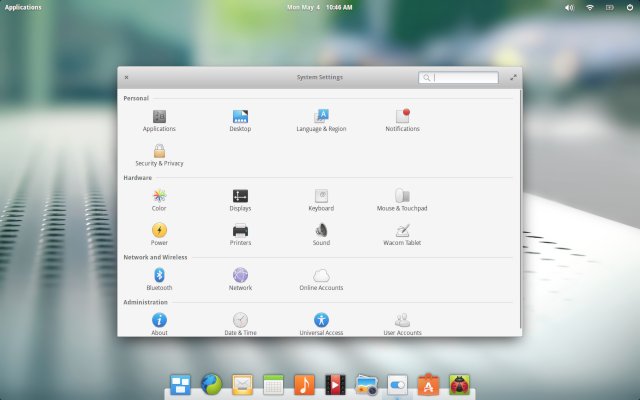Home Linux Desktops and Distributions for Personal Use...
Published: Monday, November 02 2015
Written by Wikipedia
Home Linux distributions are quite common today!

- Sony's PlayStation 3 came with a hard disk (20 GB, 60 GB or 80 GB) and was specially designed to allow easy installation of home Linux on the system.[87] However, Linux was prevented from accessing certain functions of the PlayStation such as 3D graphics.[citation needed] Sony also released a Linux kit for its PlayStation 2 console (see Linux for PlayStation 2). PlayStation hardware running Linux has been occasionally used in small scale distributed computing experiments, due to the ease of installation and the relatively low price of a PS3 compared to other hardware choices offering similar performance. As of April 1, 2010, Sony disabled the ability to install Linux "due to security concerns" starting with firmware version 3.21.[88]
- In 2008, many netbook models were shipped with a home Linux distribution installed, usually with a lightweight distribution, such as Xandros or Linpus, to reduce resource consumption on their limited resources.[89]
- Through 2007 and 2008, home Linux distributions with an emphasis on ease of use such as Ubuntu became increasingly popular as home desktop operating systems, with some OEMs, such as Dell, offering models with Ubuntu or other Linux distributions on desktop systems.[90]
- In 2011, Google introduced its Chromebooks, web thin clients based on a home Linux distribution and supplying just a web browser, file manager and media player. They also have the ability to remote desktop into other computers via the free Chrome Remote Desktop extension. In 2012 the first Chromebox, a desktop equivalent of the Chromebook, was introduced. By 2013 Chromebooks had captured 20-25% of the US market for sub-$300 laptops.[91]
- Android, created by Google in 2007, is the smartphone & tablet operating system base on a home Linux kernel which, as of late 2013, runs on 80% of smartphones[92] and 60% of tablets, worldwide;[93] it is pre-installed on devices by brand hardware manufacturers.
- In 2013, Valve Corporation publicly released ports of Steam and the Source engine to Linux,[94] allowing many popular titles by Valve such as Team Fortress 2 and Half-Life 2 to be played on a home Linux version. Later that same year, Valve announced their upcoming Steam Machine consoles,[95] which would by default run SteamOS, an operating system based on the Linux kernel.[96]
- In March 2014, Ubuntu claimed 22,000,000 users using their home Linux distribution.[97]
Also See: Where Linux Makes Sense
